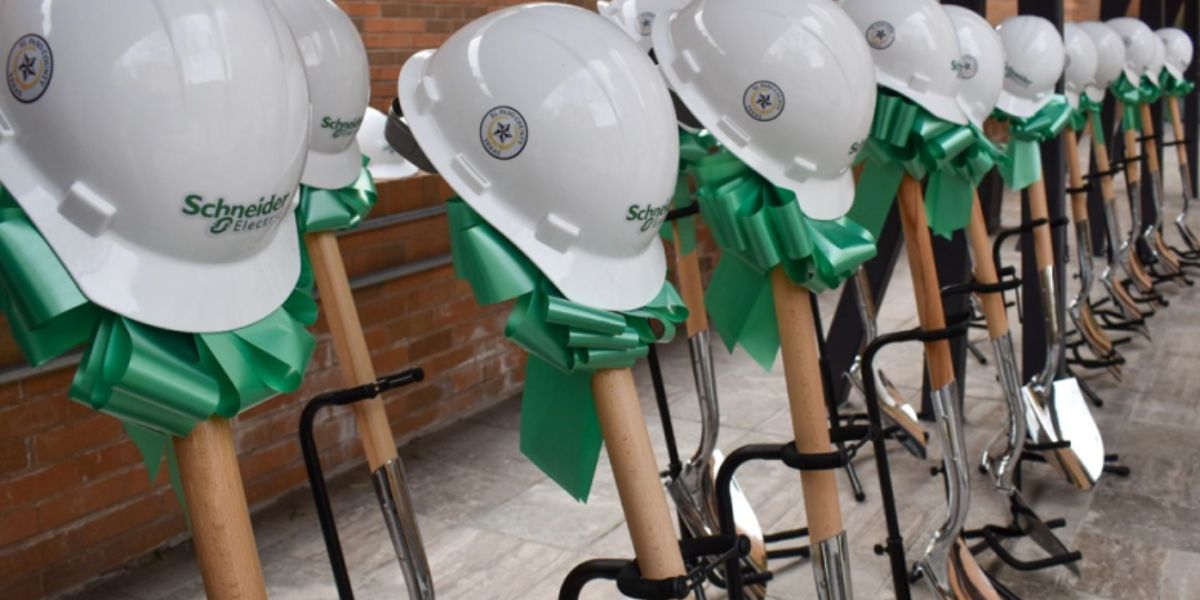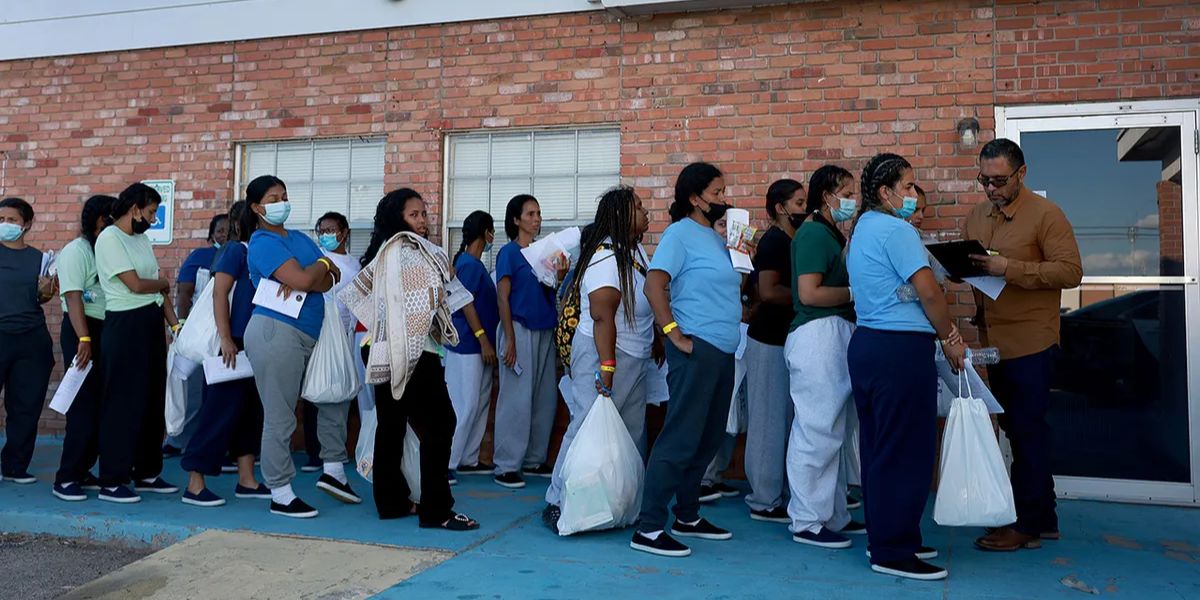El Paso, TX – In a city like El Paso, where resilience and community values run deep, the fight against violence isn’t just about policing or prevention programs — it’s about people stepping in before harm happens. Bystander awareness programs are empowering ordinary residents to become the first line of defense, transforming how neighborhoods, schools, and workplaces respond to potential violence.
Understanding Bystander Awareness
Bystander awareness focuses on training individuals to recognize early signs of conflict or harm and take safe, effective action before it escalates. These programs are rooted in the belief that violence prevention is a shared responsibility, not just the work of law enforcement or social workers.
Table of Contents
In El Paso, initiatives like See Something, Say Something and community-based intervention workshops have evolved into training sessions on empathy, situational awareness, and conflict de-escalation. Participants learn how to assess risk, approach tense situations safely, and connect individuals in crisis with appropriate resources.
The Science Behind Intervention
According to research from the Centers for Disease Control and Prevention (CDC), communities that incorporate bystander intervention see measurable decreases in bullying, dating violence, and community aggression. These programs leverage social psychology — specifically, the “diffusion of responsibility” effect — to counteract the tendency to stay silent when others are present.
When individuals are trained to recognize their role as active bystanders, they’re more likely to act. Whether it’s checking in with a classmate showing distress, interrupting a heated argument at a public place, or reporting early warning signs of abuse, these small actions have a ripple effect that builds a culture of safety and accountability.
Training That Builds Confidence
El Paso’s local organizations, in collaboration with schools and healthcare systems, now provide bystander awareness workshops tailored to specific settings. For example:
- In schools, students practice how to safely intervene in cases of bullying or peer pressure.
- In workplaces, employees learn to identify harassment and use intervention techniques without escalating the situation.
- In neighborhoods, residents are encouraged to notice behavioral cues that may signal domestic disputes or mental health crises.
As Daniela Ramos, a violence prevention strategist based in El Paso, explains,
“When people feel confident they can make a difference — even in small moments — it shifts the entire dynamic of a community. Bystander training replaces fear with purpose.”
Breaking the Silence Around Violence
One of the biggest barriers to intervention is silence — the fear of retaliation, embarrassment, or getting it wrong. Bystander awareness programs normalize speaking up, emphasizing that even subtle actions, such as distraction, support, or follow-up, can prevent harm.
Schools across Texas are adopting frameworks like Green Dot and Step Up!, both of which teach participants that every person has a role in violence prevention. In these programs, the goal isn’t confrontation but empowerment: giving individuals the tools to recognize patterns of control, coercion, or danger early.
Shifting the Culture in El Paso
Over the past five years, El Paso’s violence prevention landscape has changed dramatically. City agencies, nonprofits, and community leaders have partnered to integrate bystander education into youth mentorship, law enforcement outreach, and public safety messaging.
This shift has contributed to stronger community cohesion and a lower tolerance for aggression and abuse. As more people become aware of their influence in shaping safe spaces, violence prevention becomes woven into daily life — from classrooms to community centers.
Why It Matters Now
Post-pandemic stress, economic pressures, and rising social tensions have increased the risk of interpersonal violence nationwide. In this climate, empowering communities to act early can save lives. Bystander programs provide a scalable, cost-effective solution that builds resilience and trust from the ground up.
Research shows that for every trained participant who intervenes safely, dozens more gain awareness simply by witnessing the act. This “social proof” effect reinforces positive norms — turning bystander intervention into a visible community standard.
The Road Ahead
For El Paso and other cities committed to public safety, the future of violence prevention lies in expanding bystander education across all age groups and cultural contexts. Schools, hospitals, and neighborhood associations continue to collaborate with organizations like El Paso Center for Children and Texas Council on Family Violence to reach more residents each year.
By fostering empathy, courage, and shared responsibility, these programs are proving that prevention isn’t just a policy — it’s a culture.
What do you think?
Have you seen bystander awareness efforts making a difference in your community? Share your thoughts or local stories in the comments below and explore more prevention resources at reachviolenceprevention.org.











